Beneath the stunning hilltop city of Orvieto lies a hidden world that most visitors never discover. I stepped into this underground maze last summer, fascinated by the prospect of walking through tunnels and caves that date back over 2,500 years.
Underground Orvieto offers a fascinating glimpse into ancient Etruscan civilization through an intricate network of caves, wells, workshops and escape routes carved directly into the volcanic rock.
The guided tour takes about an hour, leading visitors through just a small portion of the vast underground system that stretches beneath the entire modern city. As I descended the stairs, the temperature dropped noticeably, and I found myself surrounded by history – ancient olive presses, medieval wells, and evidence of daily life from civilizations long past.
What makes Orvieto’s underground truly special is how these spaces evolved over centuries. The Etruscans began carving these chambers, but later generations repurposed them as workshops, storage rooms, and even emergency shelters during times of conflict.
My guide pointed out chisel marks still visible from ancient hands, bringing to life the incredible human effort behind creating this subterranean city within Italy’s picturesque Umbrian region.
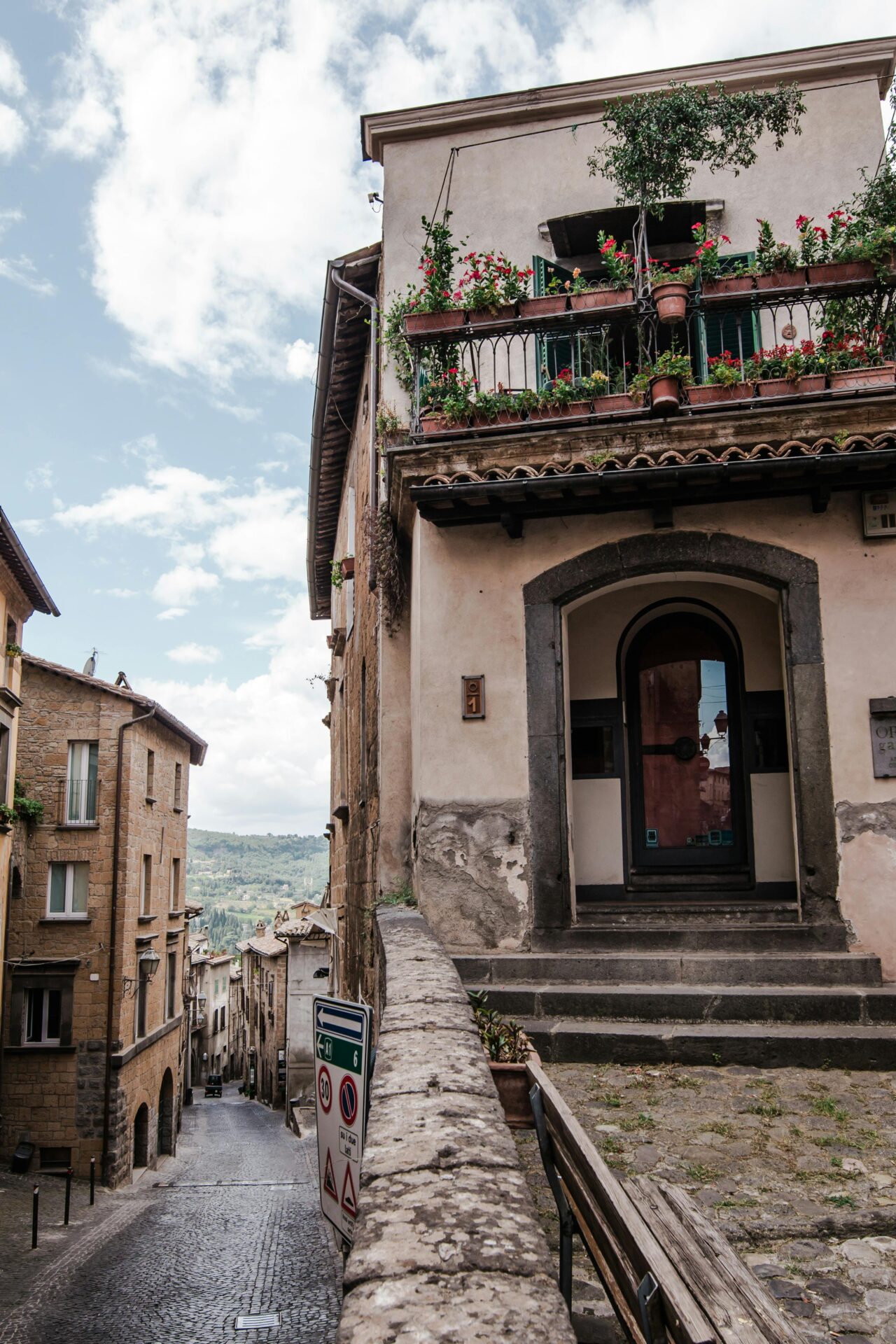
Unveiling Orvieto’s Underground Wonders
Beneath the charming streets of Orvieto lies a hidden world carved into volcanic tuff, revealing centuries of human ingenuity and adaptation. This underground labyrinth tells a fascinating story of the Etruscan civilization and medieval life.
The Enigmatic Etruscan Wells
The Etruscans who first settled Orvieto created an engineering marvel that still amazes visitors today. Deep wells punctuate the underground landscape, showcasing their advanced understanding of water management.
I stood in awe at the perfect cylindrical shapes descending into darkness. Some wells reach depths of over 100 feet, all hand-carved through solid volcanic rock. The precision is remarkable considering they were created without modern tools.
These wells served practical purposes beyond water collection. During my tour, I learned they also functioned as refrigeration systems for food storage and escape routes during times of conflict.
The guide explained how families would access these wells through openings in their homes, creating a private water source that proved invaluable during sieges.
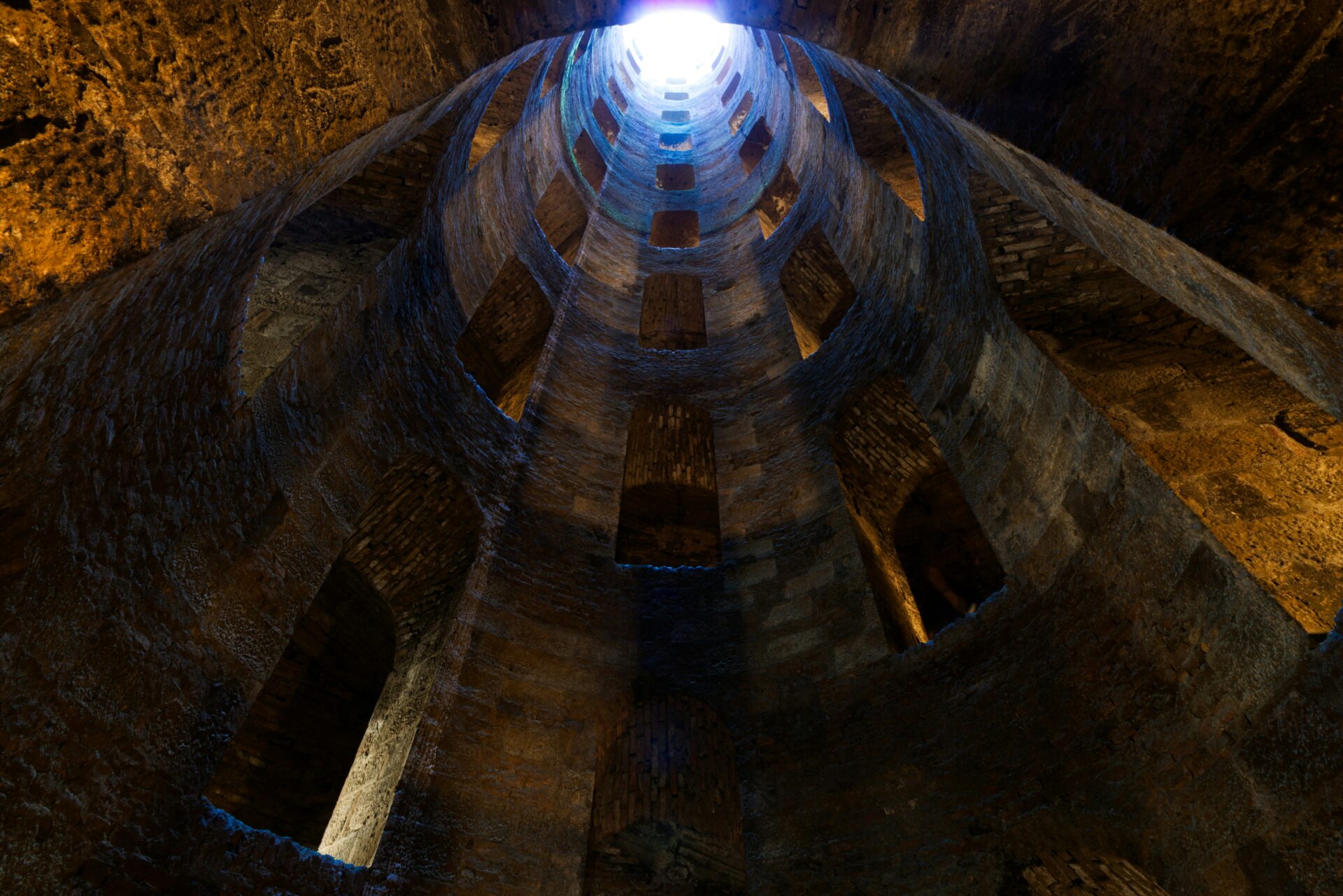
The Network of Underground Caves
Walking through Orvieto’s underground passages feels like stepping into a different era. Over 1,200 caves and tunnels form an intricate network beneath the city.
I was surprised to discover many caves served as workshops for potters, olive oil producers, and winemakers. The constant temperature and humidity created ideal conditions for these crafts.
Some chambers still bear marks of their original purpose – niches for pottery storage, olive presses embedded in walls, and remnants of furnaces. Other caves served as shelters during wars and raids.
The volcanic tuff that forms Orvieto’s foundation proved easy to excavate yet sturdy enough to support structures above. This soft rock allowed generations to expand the underground city according to their needs.

Pozzo della Cava: A Peek into the Past
The Pozzo della Cava stands out as one of Orvieto’s most impressive underground attractions. This magnificent well dates back to Etruscan times but was expanded during medieval periods.
I descended the narrow stairs alongside the well shaft, admiring the craftsmanship that went into its creation. Archaeological excavations here have revealed ceramic fragments, medieval artifacts, and even Etruscan relics.
What fascinated me most were the visible layers of history within this single site. Etruscan foundations give way to medieval modifications, all telling the story of Orvieto’s evolution.
The well opens into chambers used for various purposes throughout history – from ceramic workshops to secret meeting places. My guide pointed out original Etruscan ceramic kilns still visible in one section.
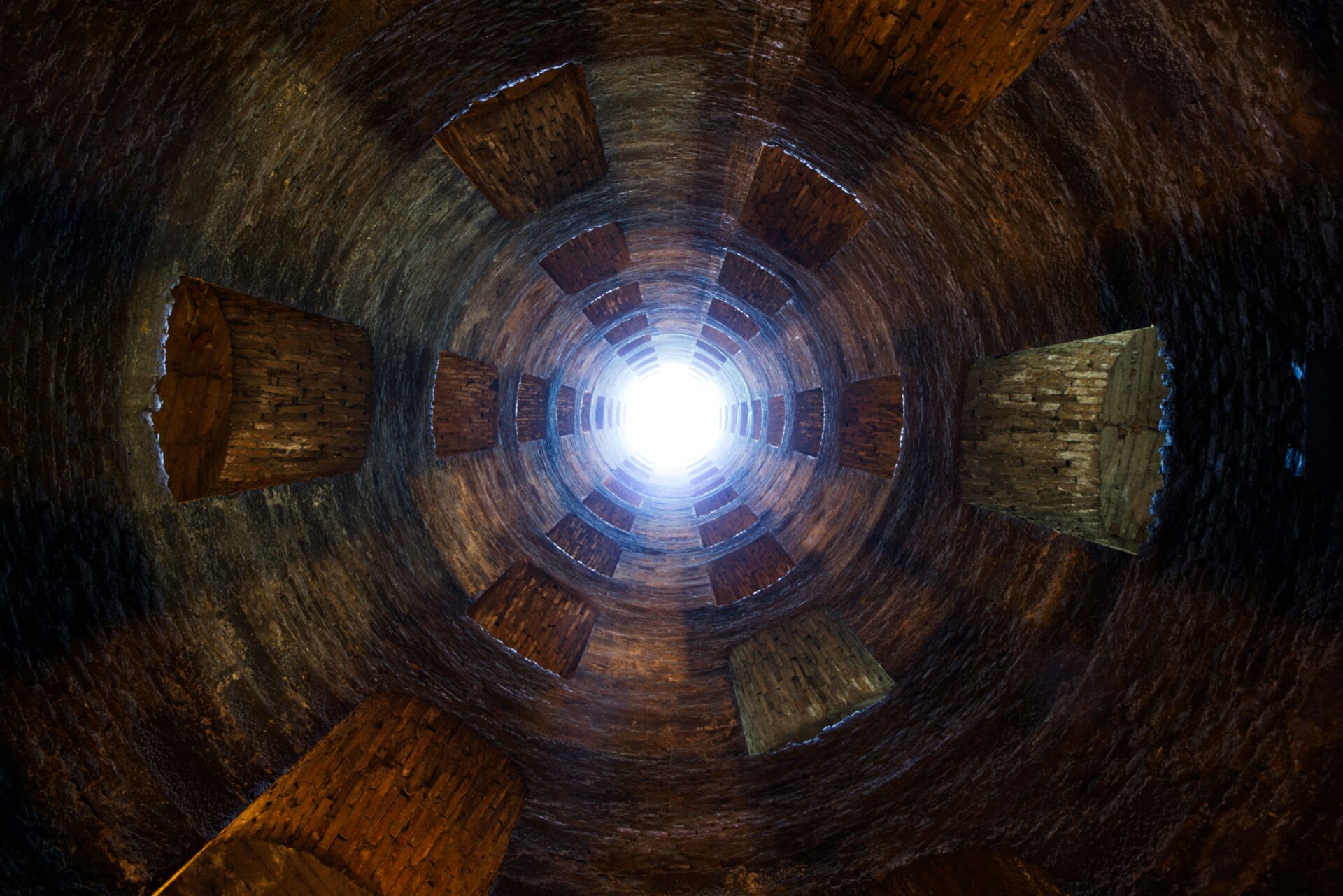
Etruscan Secrets and Artistic Treasures
Beneath Orvieto’s streets lies a fascinating world where ancient Etruscan civilization comes alive through remarkable artifacts and artistic expressions that have survived for millennia.
Decoding Etruscan History
Walking through the underground caves, I was amazed to learn that Orvieto sits on Etruscan foundations dating back 2,500 years. These sophisticated people carved an entire network of chambers and passageways into the volcanic tuff.
The guide pointed out distinctly Etruscan architectural elements like square-cut doorways and ventilation shafts. I saw evidence of their advanced engineering skills in the water collection systems and wells that reach deep into the earth.
In one chamber, I examined pottery fragments and tool marks that archaeologists have used to understand daily Etruscan life. Their clever design for olive oil presses and grain storage areas showed their practical ingenuity.
Most fascinating were the ritual spaces where the Etruscans likely performed ceremonies before Rome’s influence changed the region forever.
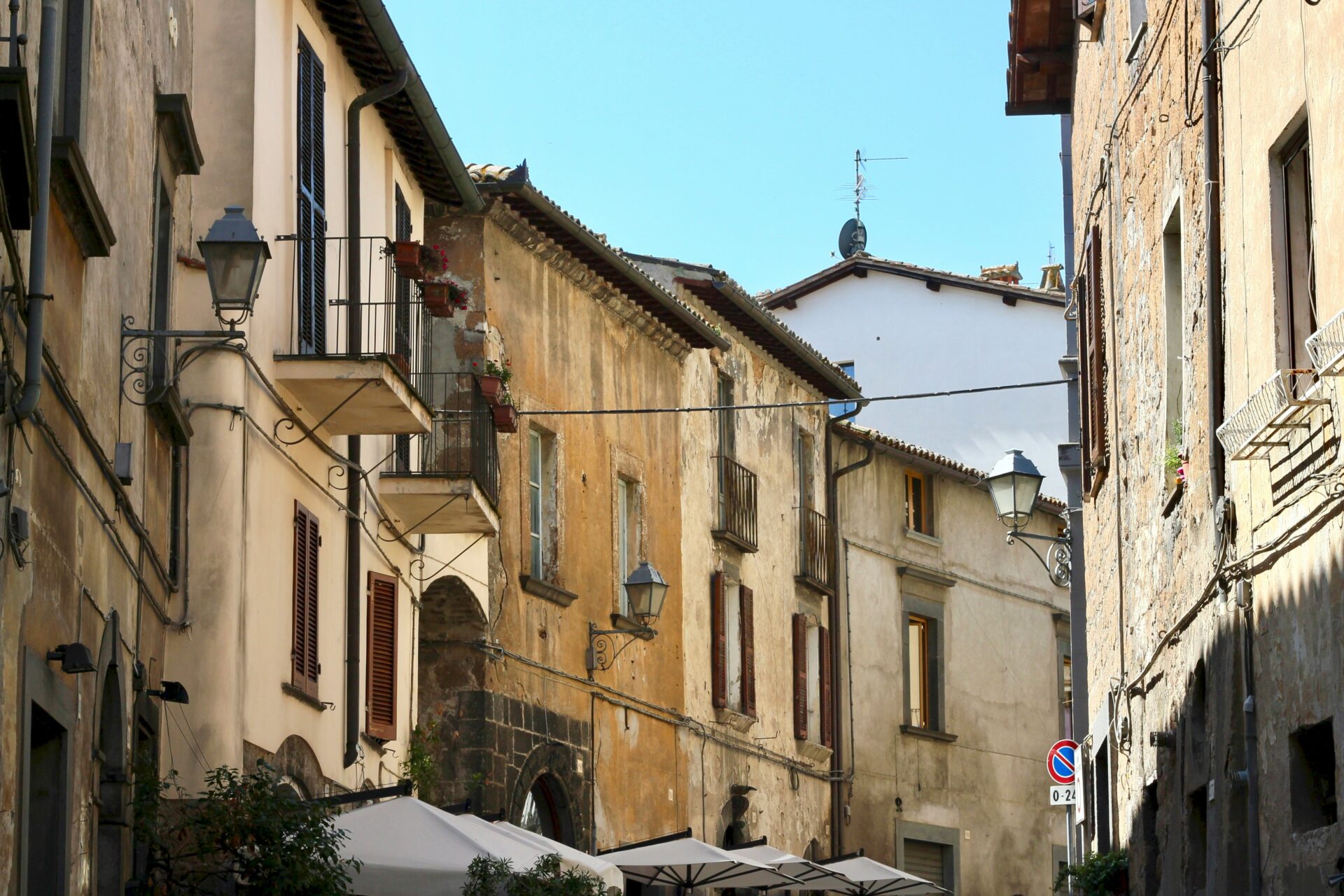
Frescoes and Artwork of the Underground
The artistic treasures hidden beneath Orvieto took my breath away. Most impressive were the faded frescoes on some cave walls, depicting scenes from Etruscan daily life and mythology in earthy red and black pigments.
Near the underground passageways, my guide showed me where artifacts like ceramic vessels and bronze figurines had been discovered. Some original pieces are now displayed in small exhibits within the caves themselves.
I was particularly moved by the connection to the Chapel of San Brizio above ground. While exploring, I learned how Renaissance master Luca Signorelli drew inspiration from these ancient underground spaces for his famous frescoes in the Duomo.
The juxtaposition between ancient Etruscan art and Signorelli’s later Christian masterpieces reveals the fascinating cultural evolution of this remarkable Italian town.

A Tour Through Orvieto’s Medieval Heart
Walking through Orvieto’s historic center feels like stepping into a living museum. The winding cobblestone streets lead to magnificent piazzas and architectural marvels that showcase the city’s rich medieval heritage.
Medieval District and Piazza della Repubblica
I found myself enchanted by Orvieto’s medieval quarter, where time seems to stand still. The narrow lanes wind between ancient stone buildings, some dating back to the 13th century. Every corner reveals charming shops selling local ceramics and Umbrian specialties.
The heart of medieval Orvieto is undoubtedly Piazza della Repubblica. This bustling square has served as the city’s social hub for centuries. During my visit, I watched locals gather for morning coffee at outdoor cafés while the city hall’s clock tower kept steady time overhead.
What impressed me most was how the medieval district remains so authentic. Unlike other tourist destinations, Orvieto preserves its everyday life alongside its historic treasures.
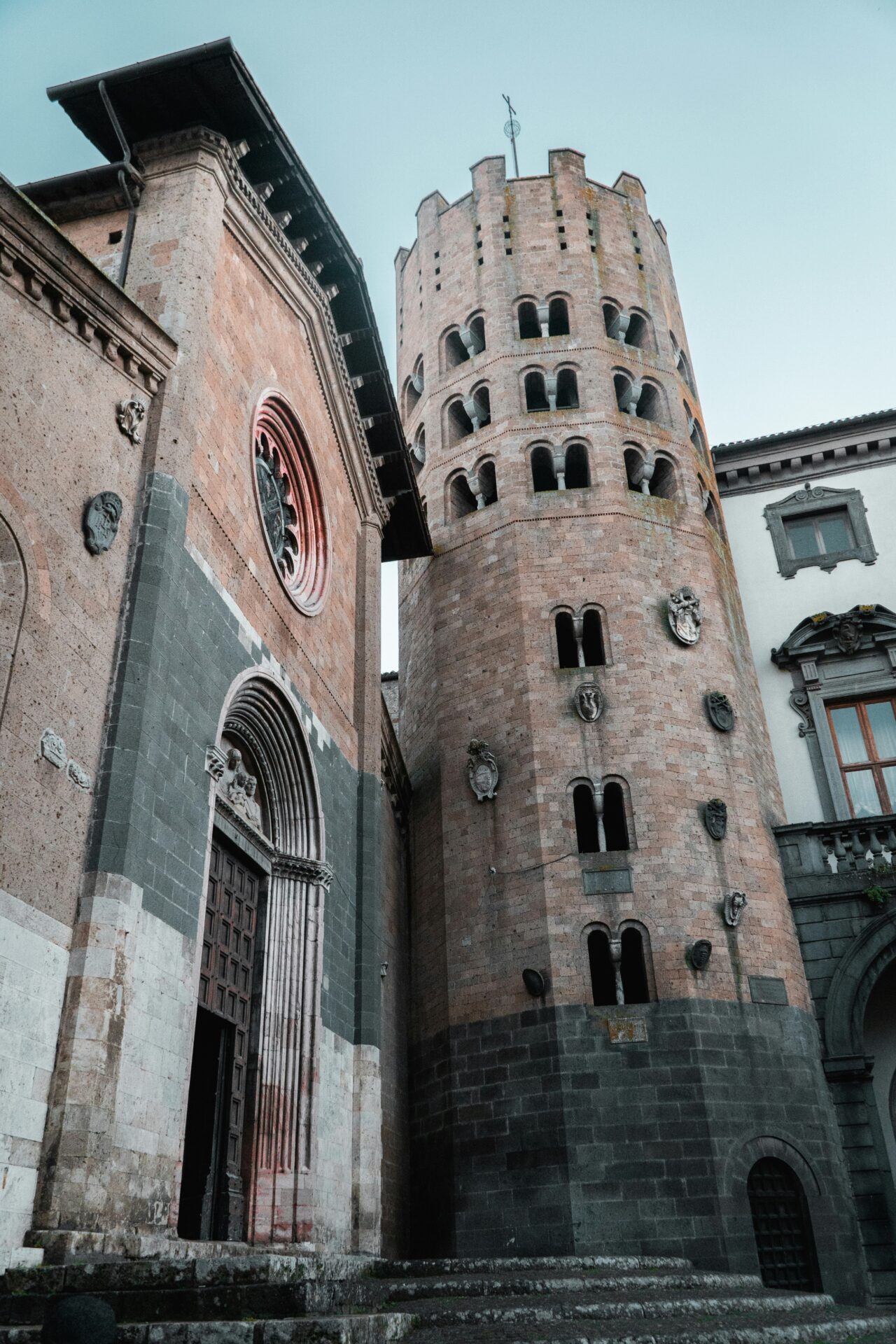
Orvieto Cathedral: A Surface Marvel
The Orvieto Cathedral (Duomo) took my breath away the moment I stepped into the main square. This Gothic masterpiece features one of Italy’s most spectacular façades, with intricate mosaics that glimmer in the sunlight.
Built over three centuries starting in 1290, the cathedral showcases extraordinary craftsmanship. The black and white striped exterior creates a striking visual impact against the blue Umbrian sky.
Inside, I discovered Luca Signorelli’s incredible frescoes depicting the Last Judgment. The chapel housing these works rivals the Sistine Chapel in artistic importance, though far fewer tourists visit.
Don’t miss the Cappella del Corporale, which houses relics from a famous 13th-century Eucharistic miracle. The stained glass windows cast colorful patterns across the marble floors during afternoon visits.

Adventurous Routes and Scenic Ridings
Orvieto’s underground world offers thrilling pathways for exploration, while the surrounding area provides breathtaking views and unique transportation experiences.
Exploring Escape Routes and Underground Passages
The network of tunnels beneath Orvieto tells a fascinating story of survival and ingenuity. During my guided tour, I discovered an intricate maze of passages that served as escape routes during times of conflict.
These underground corridors were carefully designed by ancient Etruscans and later expanded by medieval residents. Many passages connect to hidden exits outside the city walls, providing crucial escape options during sieges.
What impressed me most was the strategic planning evident in these routes. Some tunnels lead to wells, workshops, and even remnants of ancient houses. The paths vary in width and height, with some requiring a bit of ducking to navigate.
The most memorable part was exploring a section where residents once fled invaders. Our guide pointed out chisel marks still visible on walls, showing how these routes were painstakingly carved by hand over 2,500 years ago.

Climbing the Heights: Funicular to Civita di Bagnoregio
The funicular ride from Orvieto’s lower town to the historic center offers stunning panoramic views of the Umbrian countryside. This cable railway saves travelers from a steep climb while providing a uniquely scenic journey.
After exploring underground, I recommend taking this ride up to appreciate Orvieto from a different perspective. The contrast between the dark tunnels below and the bright, sweeping vistas is truly remarkable.
For an extended adventure, take a short drive to the nearby “dying town” of Civita di Bagnoregio. This ancient settlement sits atop a crumbling plateau and is accessible only by a pedestrian footbridge.
The journey to Civita requires crossing this dramatic bridge that spans a deep valley. The effort is worthwhile—the isolated town feels frozen in time, with medieval architecture and virtually no modern development.
These elevated experiences perfectly complement the underground exploration, giving visitors a complete picture of this fascinating region’s vertical landscape.
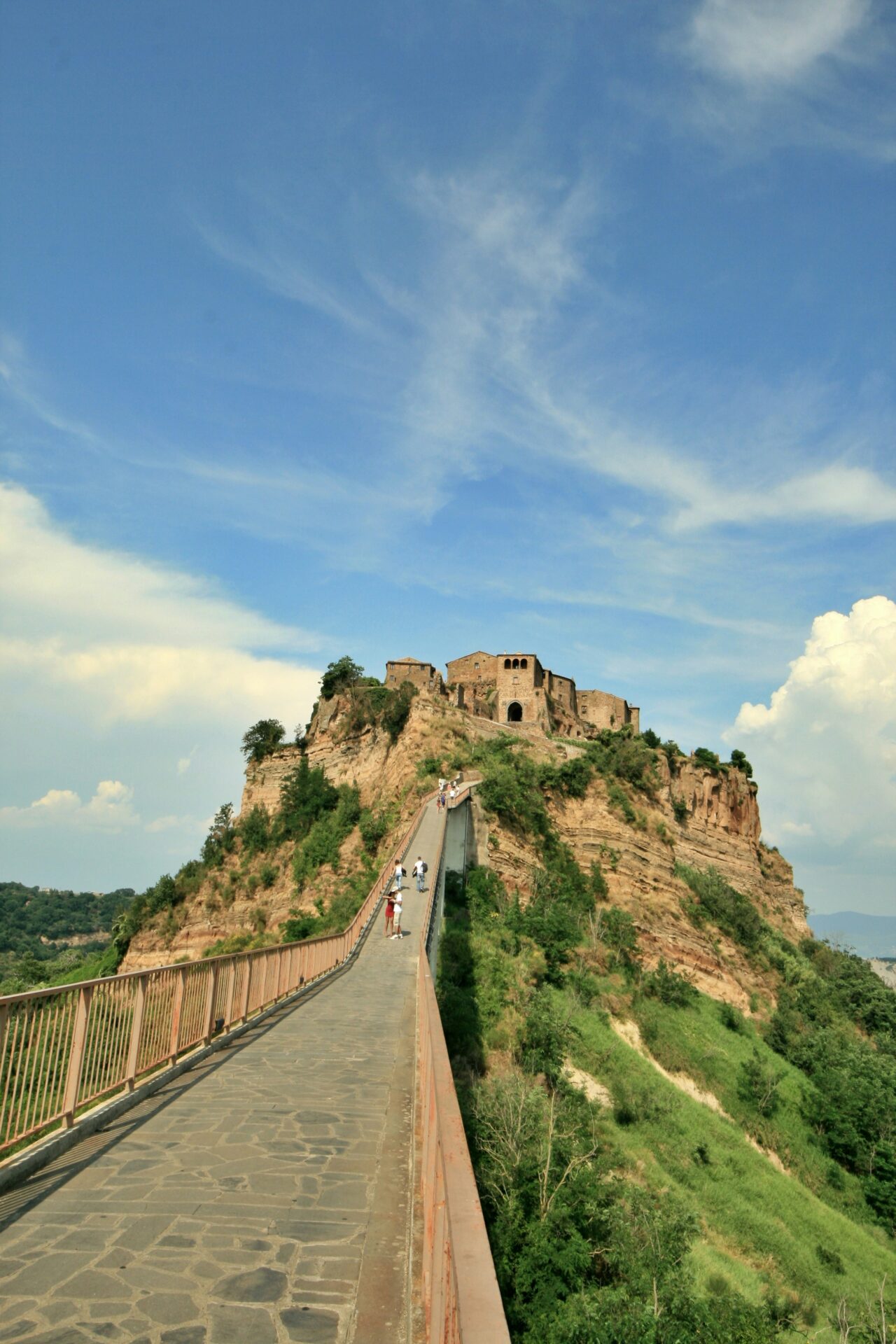
The Lush Landscapes Surrounding Orvieto
Standing atop Orvieto’s dramatic tufa plateau, I was immediately struck by the breathtaking panorama of the surrounding countryside. The views extend for miles, showcasing a patchwork of rolling hills that seem to undulate toward the horizon like gentle waves.
Vineyards blanket many of these slopes, their neat rows creating mesmerizing patterns across the landscape. These vineyards produce the famous Orvieto Classico wine that perfectly captures the essence of this fertile region.
The scenery reminds me of classic Tuscany, though technically Orvieto sits in Umbria. The boundary between these two stunning Italian regions blurs in this transitional zone where cypress trees punctuate hillcrests and olive groves shimmer silver-green in the breeze.
Seasonal changes transform the landscape dramatically. Spring brings wildflowers dotting the meadows with vibrant colors. Meanwhile, summer bakes the hills into golden hues that glow spectacularly at sunset.
Small farmhouses with terracotta roofs appear scattered across the countryside, many dating back centuries. These rustic buildings add a timeless quality to views that have changed little since Etruscan times.
Several hiking paths wind through these landscapes, offering opportunities to explore at ground level what I first admired from above. My favorite trail led through a small woodland before opening to reveal a vista of vineyards stretching toward distant medieval villages.

